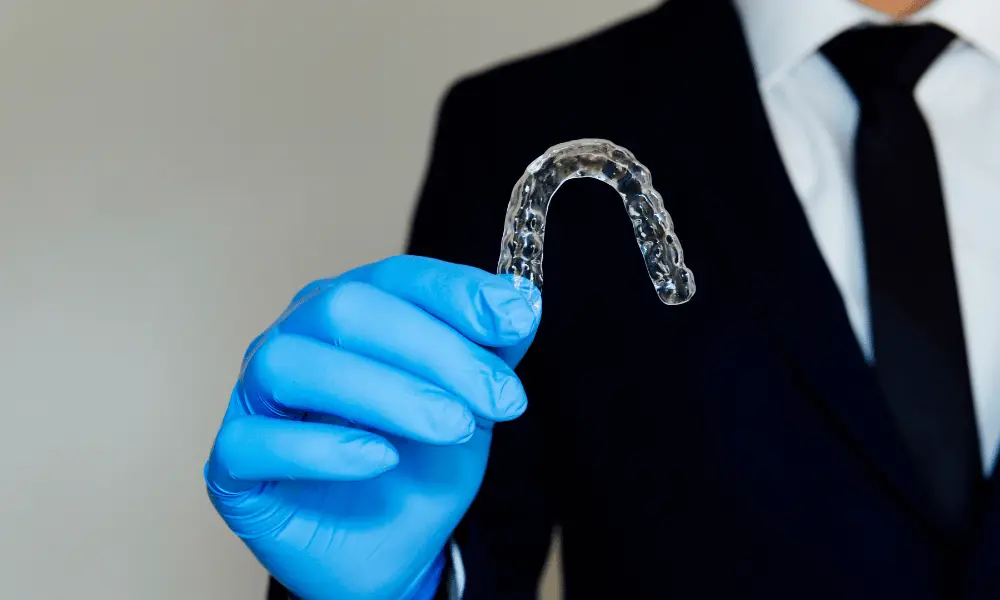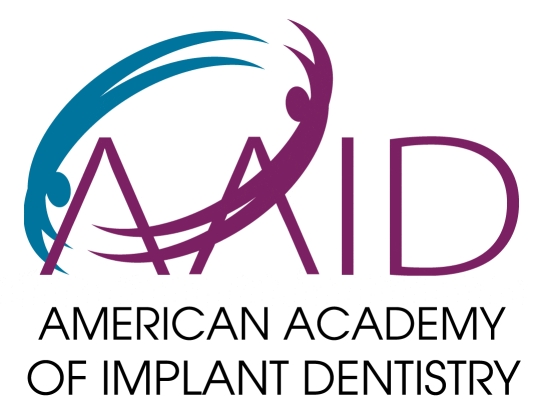How much does Invisalign cost is one of the most important questions patients ask when considering clear aligner treatment, and understanding the various factors that influence pricing helps you make an informed financial decision about this life-changing orthodontic investment. The cost of Invisalign treatment varies significantly depending on multiple factors, and while investment levels differ based on individual circumstances, most patients find the long-term benefits justify the expense. Key factors that influence Invisalign cost include:
- Case complexity – simple alignment issues cost less than complex bite corrections or extensive movements
- Treatment duration – longer treatments requiring more aligners increase overall investment
- Geographic location – costs vary by region, with urban areas typically having higher fees
- Provider experience – specialists and highly experienced providers may charge premium rates
- Additional services – attachments, refinements, and post-treatment retainers affect total cost
- Insurance coverage – many plans cover orthodontics, significantly reducing out-of-pocket expenses
- Payment plan options – flexible financing can make treatment more affordable with monthly payments
Most dental insurance plans that include orthodontic benefits will cover a portion of Invisalign treatment, and many practices offer flexible payment plans or financing options to make clear aligner therapy accessible for patients with various budgets. At Lansdowne Family Dental, we believe that cost should never be a barrier to achieving the confident smile you deserve, which is why we work with most insurance providers and offer transparent pricing with flexible payment options. In this comprehensive cost guide, we’ll explore the factors that determine Invisalign investment levels, discuss insurance coverage and financing options, compare the long-term value of clear aligner treatment, and help you understand why Invisalign represents an excellent investment in your oral health, confidence, and quality of life.
Average Cost of Invisalign Treatment in the United States:
- Invisalign treatment for adults (12-36 months): $3,000 – $9,000.
- Invisalign Teen treatment (12-36 months): $3,000 – $6,000.
- Invisalign Express (6-12 months): $2,650 – $6,000.

When it comes to achieving a beautiful and aligned smile, Invisalign has become a popular choice for many individuals. This innovative orthodontic treatment offers a discreet and comfortable alternative to traditional braces. However, before embarking on the Invisalign journey, it is essential to understand the various factors that can influence the overall cost of this investment.
Factors Affecting Invisalign Cost
1. Complexity of the Dental Case
The complexity of your dental case is one of the primary factors that influence the cost of Invisalign treatment. The more severe the misalignment or bite issues, the more extensive the treatment plan will be. Complex cases may require additional aligners, attachments, or extended treatment duration. Consequently, the overall cost is likely to be higher in such instances.
2. Geographic Location
The cost of Invisalign can also vary depending on the geographic location where you seek treatment. Factors such as local market competition, cost of living, and overhead expenses can contribute to the variation in prices across different regions. Generally, metropolitan areas and cities tend to have higher treatment costs compared to rural or less populated areas.
3. Dentist’s Experience and Expertise
The experience and expertise of the dentist or orthodontist providing the Invisalign treatment can impact the overall cost. Highly skilled professionals with extensive experience in orthodontics may charge a premium for their services. It is crucial to choose a qualified and reputable dentist who specializes in Invisalign to ensure the best possible outcome for your treatment.
4. Duration of Treatment
The duration of the Invisalign treatment is another factor that can influence the overall cost. Shorter treatment plans with fewer aligners generally incur lower costs compared to more extended treatment periods. However, it is essential to prioritize the quality of treatment over the duration, as achieving the desired results should be the primary focus.
5. Additional Treatments or Procedures
In some cases, additional dental treatments or procedures may be necessary before or during the Invisalign treatment. These could include tooth extractions, dental fillings, or other preparatory work to ensure the best possible outcome. The need for such additional procedures can contribute to the overall cost of the treatment.
6. Dental Insurance Coverage
Dental insurance coverage plays a significant role in determining the out-of-pocket expenses for Invisalign treatment. Some insurance plans provide partial coverage for orthodontic treatments, including Invisalign. It is advisable to check with your insurance provider to understand the extent of coverage and any limitations or exclusions that may apply.
7. Post-Treatment Retention
After completing the active phase of Invisalign treatment, it is crucial to maintain the results by wearing retainers. The cost of retainers and follow-up appointments for retention can vary depending on the dental clinic and the specific type of retainers recommended. It is essential to discuss the retention phase and associated costs with your dentist or orthodontist.
Conclusion
Invisalign offers a modern and discreet solution for individuals seeking orthodontic treatment. However, the cost of Invisalign can vary based on several factors, including the complexity of the dental care, geographic location, dentist’s experience, treatment duration, additional procedures, dental insurance coverage, and post-treatment retention. By considering these factors and consulting with a qualified professional, you can make an informed decision about the investment involved in achieving the smile of your dreams.
Frequently Asked Questions (FAQs)
How long does Invisalign treatment usually last?
The duration of Invisalign treatment can vary depending on the complexity of the case. On average, the treatment lasts between 12 to 18 months. However, it is important to note that individual cases may require more or less time for the desired results.
Does dental insurance cover Invisalign?
Dental insurance coverage for Invisalign varies depending on the specific insurance plan. Some plans offer partial coverage for orthodontic treatments, including Invisalign. It is advisable to review your insurance policy or consult with your insurance provider to understand the extent of coverage and any limitations that may apply.
Are there any alternatives to Invisalign?
Yes, there are alternative orthodontic treatments available. Traditional metal braces, ceramic braces, and lingual braces are some of the options you can discuss with your dentist or orthodontist. Each treatment has its own advantages and considerations, so it is important to explore all available options before making a decision.






